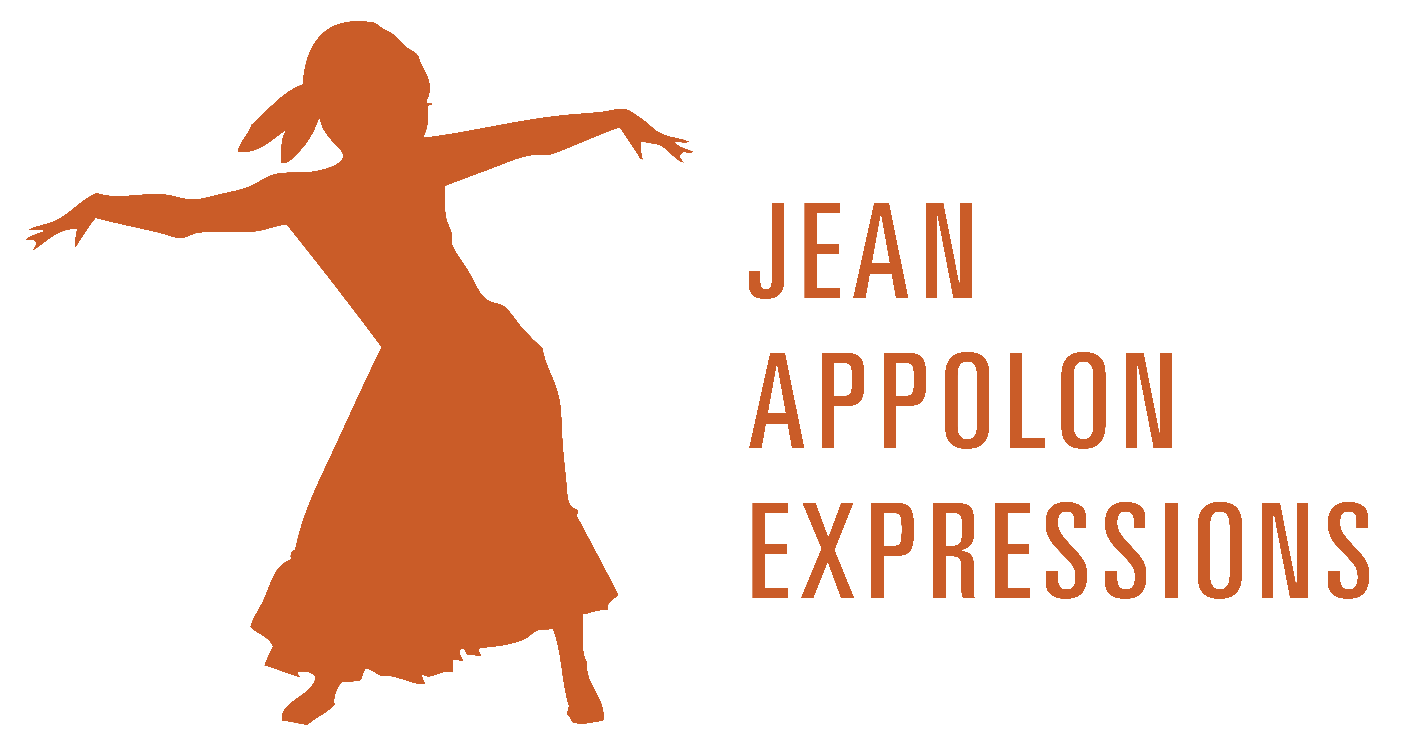Photo Credit: Olivia Moon Photography
As Jean Appolon Expressions approaches the premiere of our newest work Traka at the ICA in Boston on May 13th, we cannot help but think about what it means to heal together as a community. Healing, processing, and togetherness are at the forefront of the ideas researched through Traka, and what better way to investigate these themes than to open a discourse with the greater Boston dance community.
JAE has reached out to several working artist/choreographers in the city to ask them their personal experiences with trauma and the restorative power of dance. To start this series, we have interviewed our professional company member Nadia Issa (they/them). Nadia will be performing in Traka at the ICA and will also be facilitating the Traka livestream panel on May 5th before the premiere.
Photo Credit: Olivia Moon Photography
Who are you, and what do you do?
My name is Nadia Milad Issa and I am a Company Dancer and the Cultural Strategist here at Jean Appolon Expressions. In addition, I am a dance educator, writer and poet, researcher, and a Graduate Student in Religious Studies who will be graduating from Harvard Divinity School with a Master of Theological Studies degree this upcoming May!
How do you approach the healing of collective trauma in your work?
I approach healing work on collective trauma through a multitude of modalities that include my scholarship (dance and ethnographic research), poetry, dancing and dance-making, and community work rooted in Afrikan Diasporic spiritual-religious traditions (especially Regla de Ocha-Ifá or Lukumí and Espiritismo) as well as leadings Circle Practices. As of last year, I have been intentionally engaging in collaborative healing workshops with my colleague Allie Dyer (MD/MPH) that address ancestral trauma, hxstorical trauma, collective trauma, and post-traumatic growth for Indigenous and Black and Brown folx specifically.
How is this shaped by the traditions or communities you come from?
My spiritual-religious tradition which informs the socio-cultural climate is that Regla de Ocha-Ifá is nature-based and community-based from its origin. All rituals, ceremonies, and initiations are organized and conducted in community, and we Orisha Practitioners profoundly understand how we are tethered to one another's spiritual, emotional, mental, and physical traumas; a spiritual kinship.
How do you define or envision collective healing? What practices does it include? What does it look and feel like in your community?
I envision collective healing as intentional ritual practices that help calm the parasympathetic nervous system such as spiritual and energetic cleansings, body movement, sound therapy, being at drum ceremonies or being near live music-making, visiting any body of water, breath-work, and setting a spiritual night sleep routine! In terms of how it would feel, I would hope that colonial pollutants are released and there is grounding for my communities.
Photo Credit: Olivia Moon Photography
What are some things that could help your dance community do this work even better?
Engaging in intentional community check-ins before and after dance classes or rehearsals could root us to each other, the space, and what the given dance project requires of us as movers.
What is one healing or movement practice you can suggest for others?
One healing practice that I can suggest to others is ancestral work, however, that looks to one's cultural heritage and lineage. One's intuition will always lead them to how to best honor and give light to those that come before us and who continue to be instrumental in our daily living in a very active and present manner and existence.
To learn more about Traka, please visit the Events page on our site!



